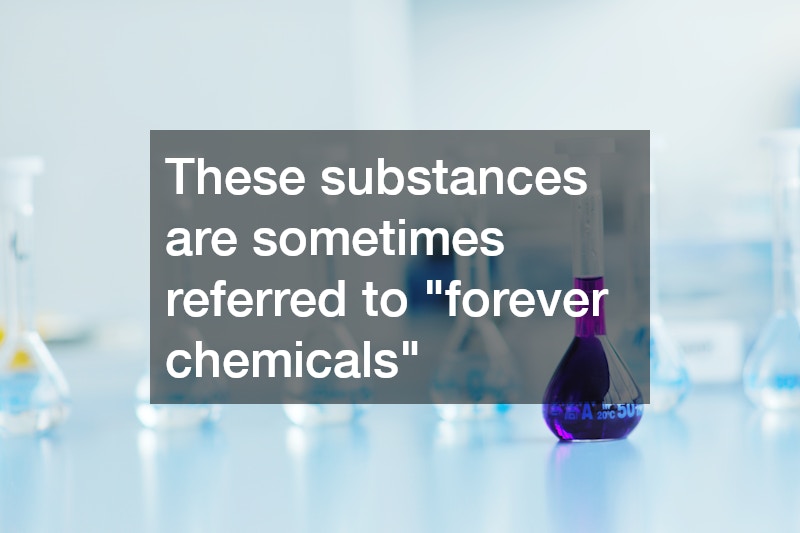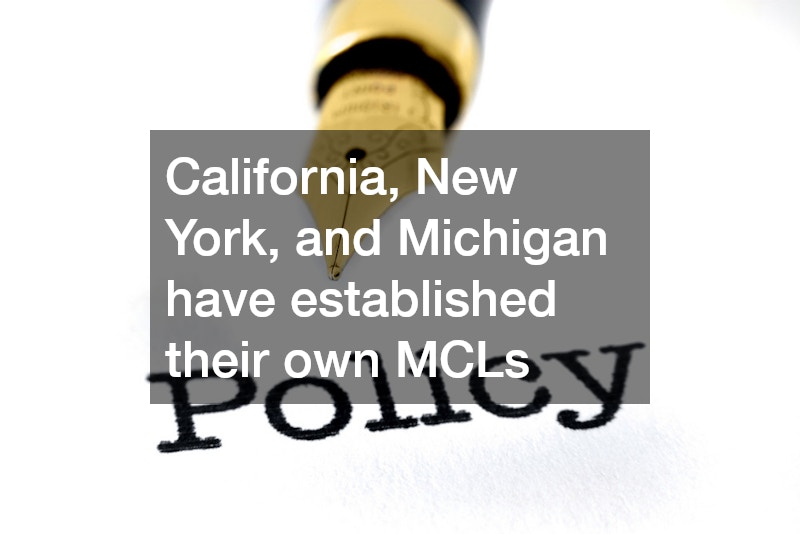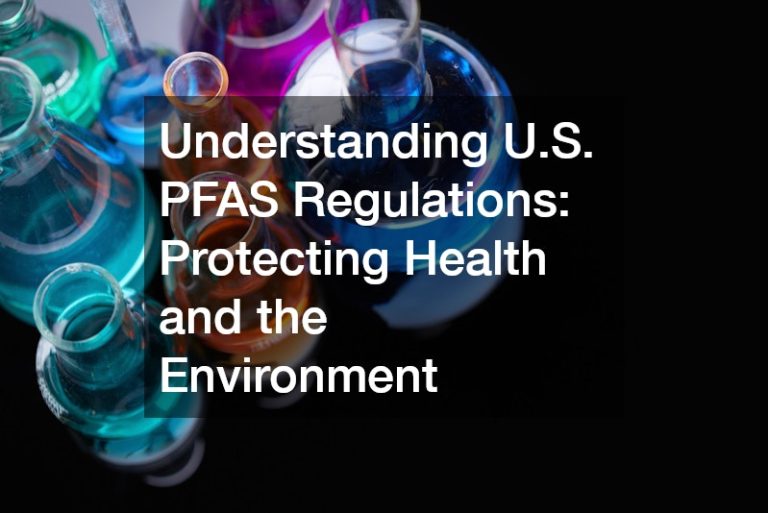The per- and polyfluoroalkyl substance (PFAS) is a grouping of synthetic chemicals widely used for industrial and consumer applications due to their resistance to water and grease. Their persistence in the environment and their potential health risks have led to increasing concerns in the United States.
What Are PFAS?

PFAS encompass thousands of chemicals, including well-known compounds like PFOA (perfluorooctanoic acid) and PFOS (perfluorooctanesulfonic acid). These substances are used in non-stick cookware and clothing that repels water, firefighting foams and food packaging. These substances are sometimes referred to “forever chemicals” because they don’t break down in the environment easily, causing long-term contamination problems.
Regulatory Framework of PFAS in the U.S.
PFAS regulations in the United States involve multiple agencies, including the Environmental Protection Agency, the Food and Drug Administration, and state authorities. The main focus is to limit PFAS exposure in order to protect both human health and the environment.
EPA’s Actions on PFAS
The EPA has taken a number of initiatives to combat PFAS contamination.
- PFAS action plan: The EPA launched the PFAS action plan in 2019. It outlines its comprehensive approach to addressing PFAS contaminants. The EPA has set maximum contamination levels (MCLs), expanded monitoring efforts, and conducted research to better understand the health and environmental effects of PFAS.
- Regulatory Determinations. The EPA proposed regulatory determinations on PFOA and PFOS in order to set enforceable limits for drinking water under the Safe Drinking Water Act. This is a crucial step in setting up national standards and ensuring the safety of water.
- Toxic Substances Control Act: The TSCA allows the EPA to review and regulate new and existing chemicals. Recent amendments have increased the EPA’s authority to assess the safety of PFASs and restrict their use if necessary.
FDA’s Role in PFAS Oversight
The FDA is responsible for ensuring the safety of PFAS-containing products in consumer goods and food packaging. The FDA has been conducting studies in recent years to determine PFAS migration into food from packaging materials and has taken measures to phase out some PFAS compounds.
State-Level Regulations and Initiatives

Many states have adopted their own regulations, which are often stricter than federal standards. California, New York, and Michigan, for example, have established their own MCLs (minimum contaminant levels) for PFAS. They also conducted site investigations and developed cleanup protocols for contaminated areas.
Challenges and Future Regulatory Efforts
Despite regulatory efforts, there are still significant challenges in managing PFAS contaminants. The large number of PFAS chemicals, the limited toxicological information, and their widespread presence in the environment make them difficult to regulate. Research is needed to close knowledge gaps and create effective remediation technologies.
In the United States, we can expect to continue seeing regulatory changes at both the federal and state level. The increased public awareness of PFAS and the advocacy for more stringent PFAS regulations are driving comprehensive policies that address this urgent environmental and public health problem.
